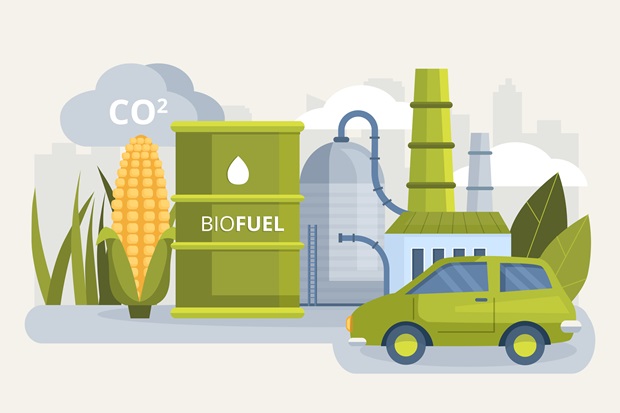Fossil fuel consumption subsidies come into being when consumer prices are held at levels
that are lower than the market value of the products in question, based on reference prices
that are adjusted as necessary for transport costs and value-added tax. While some of these
subsidies can be justified as efficient in the sense that they help to achieve social and
development policy objectives, notably when they improve access to clean cooking fuels, the
the majority simply incentivise often wasteful fossil fuel consumption.
According to a report by the International Energy Agency, middle- and upper-income households in Indonesia account for about 20% of the population but consume 42-73% of the subsidised diesel and almost
30% of subsidised LPG. Only a small proportion of fossil fuel consumption subsidies benefit specific vulnerable groups. These include subsidies for LPG and kerosene in the residential sector, and some
agricultural subsidies. On average over the last five years, such targeted subsidies have
accounted for less than 15% of the total. Other untargeted subsidies tend to benefit
wealthier segments of the population disproportionately because they consume more of the
subsidised fuels.
After reaching an all-time high of over USD 1 trillion during the global energy crisis in 2022, fossil fuel consumption subsidies returned in 2023 to around USD 600 billion as benchmark prices eased, particularly for natural gas. As a result, the share of natural gas subsidies in total subsidies reverted to around 25% after
having risen to one-third in 2022. Approximately USD 230 million of the USD 600 million total related to oil consumption, mainly for transport, the report said.
If such subsidies were to be eliminated (saving 1% of GDP at 2022 prices) and replaced by targeted social transfers for the poor, vulnerable, and aspiring middle class, the net fiscal gain would be 0.6% of GDP (World Bank, 2022).
Indonesia is an example of a fuel-importing country in which fossil fuel consumption
subsidies are a substantial budgetary expenditure. However, most subsidies are found in
resource-rich energy-exporting countries; in these countries, the consumption subsidy
represents the opportunity cost of selling at below-market prices rather than a financial
outlay.
The IEA report also stated that households in China and Southeast Asia see reductions of 20%
and 10% respectively in their residential energy bills in the NZE Scenario in 2035 compared
with the STEPS. Realizing these gains, especially for low-income households, will, however,
require support for the investment needed for efficiency improvements and low-emissions
heating systems.

